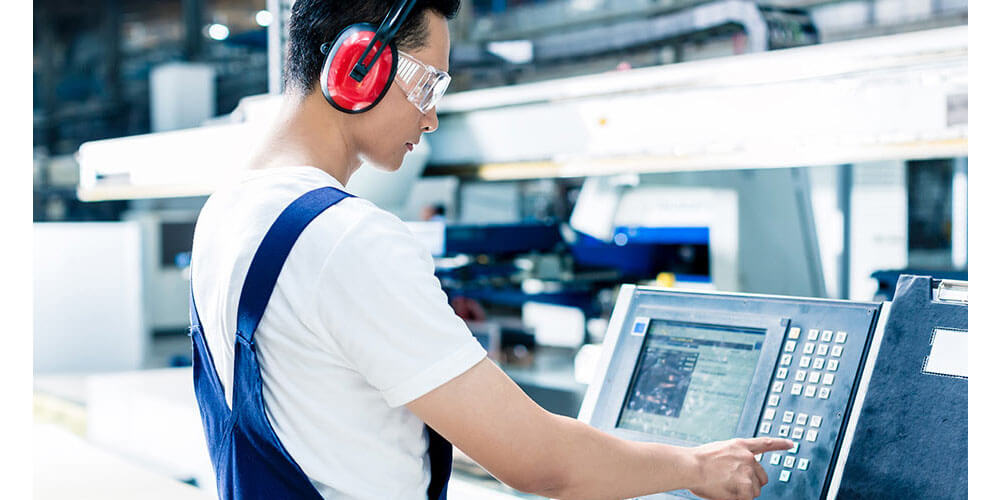CNC machining is a great career to venture into. CNC machinist is an industrial expert who sets up, adjusts, and oversees various operations of machines. They are skilled individuals who combine: technical drawing, mathematics, mechanical design, and computer programming knowledge in the production process. Typically, they carry out inspections and ensure the finished products meet the desired specifications.
The job description broken down
Computer Numerical Control (CNC machining China) is a software embedded machine that automates control of several machine operations of tools like mills and lathes. A CNC carries out various tasks such as grinding, drilling, cutting, and other functions to produce desirable specifications. It is used often in the production of plastic parts and machining metals.
What skills does an employer want from a CNC Machinist?
Every hiring manager has a list of qualities they would want their prospective employees to have. These include interpersonal and technical skills. The following are must-have skills needed for CNC machinists:
- CNC programming
- Additive manufacturing
- Stimulation, analysis, and modeling
- Technical writing and comprehension
- Problem-solving skills and critical thinking
Where can a CNC machinist work?
Machinists work in toolrooms, factories, and machine shops. They work in industries such as aerospace products manufacturing, metalworking machinery, and motor vehicle manufacturing industries.
A typical day for a CNC machinist
Working as a CNC machinist is indeed a lucrative job. You will enjoy many perks; however, you have to put in maximum effort and commitment. Below is a realistic glimpse of how your job life will look likes.
1. Preparations
In big industries, there is labor specialization: Every CNC machinist laborer has to report to his or her assigned work center. After putting on safety gear, you gather all the supplies you need for the day. Work is done in shifts and groups to minimize monotony and for maximum efficiency in the production process.
2. Machine loading
Loading instructions come in handy to ensure the right procedures and techniques get employed with a high degree of precision for the machine to operate successfully. After loading, you have to double-check. Upon completion of the machining process, you have to unload the finished parts. The machinist repeats the process.
3. Deburring
Deburring, removing small unwanted metal pieces, is done where chips get separated from finished parts or products. to avoid cases of misload or damage of the finished parts.
4. Observation and analysis
It is a stage of an in-process audit of about 2 or 4 hours. At this point, using measuring tools such as bore gages, caliper, pin gages, depth gages, thread gages, and OD and ID micrometers, the machinist checks and detail all-important information as far as parts dimensions are concerned.
Final thoughts
CNC machinists are individuals in high demand as they work in fields that require excellent technical skills. Manufacturing industries often require employees who can acclimate to harsh conditions and deliver quality services despite high pressure and tight deadlines.
Further, your daily problem-solving skills are required. Production may go awry, and you must be in a position to figure out solutions. Are you aiming to be a CNC machinist? Better be prepared.
